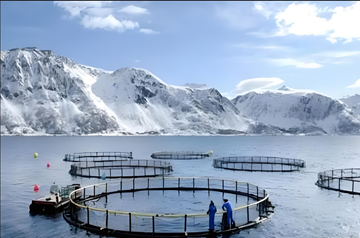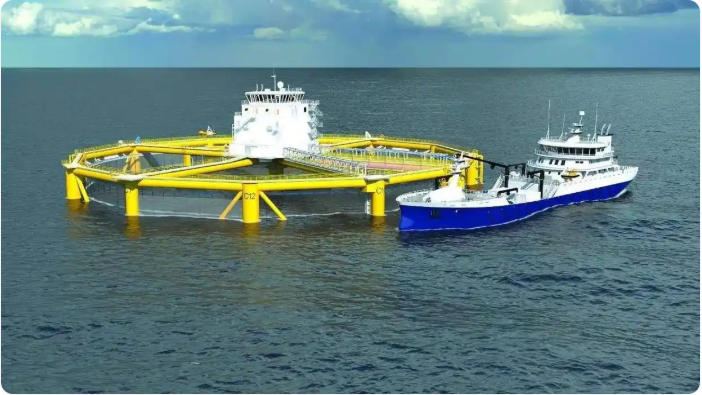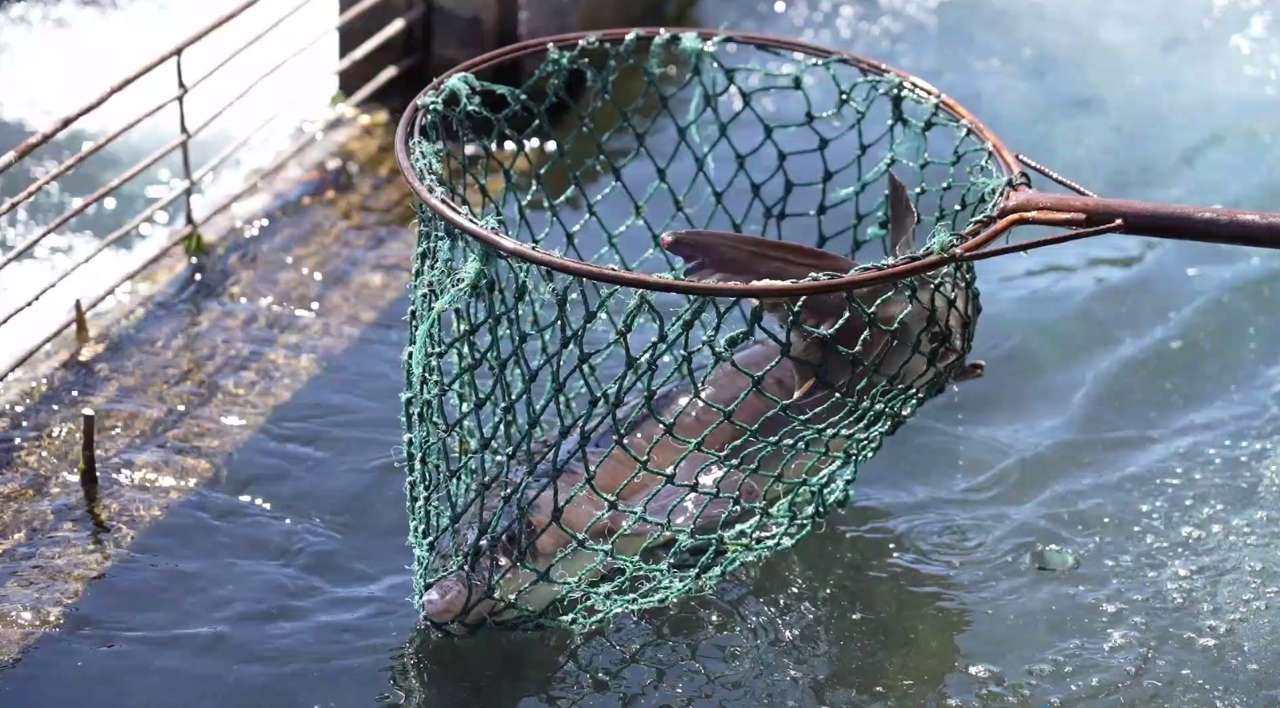Views: 0 Author: Site Editor Publish Time: 2025-04-29 Origin: Site












Beneath the shimmering waves, humanity is quietly weaving a food network critical to our future. Today, one out of every two fish consumed globally comes not from wild waters but from aquaculture farms—a testament to our relentless ambition to harness aquatic ecosystems. Let’s dive into this “blue frontier” and explore how aquaculture is reshaping our plates and our planet.


Aquaculture is far more than just “fish farming.” It’s a sophisticated agricultural system engineered within aquatic ecosystems. Like terrestrial farmers selecting crops, aquaculturists cultivate over 500 species—from rainbow trout and Norwegian salmon to Pacific oysters and Japanese kelp. Unlike traditional fishing, it involves full-cycle management of breeding, feeding, and environmental control. According to the UN Food and Agriculture Organization, global aquaculture production hit 122 million tons in 2020, surpassing wild-caught seafood for the first time. This milestone marks humanity’s official entry into the era of “ocean farming.”

Modern aquaculture is a symphony of ecological precision:
Freshwater Systems
In China’s “Land of a Thousand Lakes” (Hubei province), recirculating aquaculture systems (RAS) recycle 95% of water through biofiltration, producing 50 kg of sea bass per cubic meter—a model of efficiency.
Marine Innovations
Norway’s fjords host AI-powered smart cages with underwater cameras that monitor fish growth in real time. Meanwhile, Southeast Asia’s “fish-shrimp-algae” polyculture turns waste nutrients into resources through species synergy.
Future Frontiers
Singapore’s vertical farming towers grow grouper in urban centers, while Israeli gene-editing breakthroughs have created tilapia strains with 40% higher disease resistance.
As mangrove forests in the Philippines shrink by 70% due to shrimp farm expansion and Chilean fjords face algal blooms from salmon farming, a critical question arises: Can aquaculture truly be sustainable?
Emerging solutions offer hope:
Biomimicry
Coral reef-inspired cages reduce Atlantic salmon mortality by 30%.
Digital Accountability
Blockchain tracks carbon footprints of Indonesian shrimp farms, ensuring every exported prawn meets ASC certification standards.
Ecosystem Healing
China’s Integrated Multi-Trophic Aquaculture (IMTA) in the Yellow Sea creates self-cleaning systems: kelp absorbs fish waste, while shellfish filter particles.
A 2023 Nature study reveals that best-practice aquaculture emits just 1/10th the carbon per protein unit compared to beef, while outperforming land-based livestock by 500% in feed efficiency.
This $289 billion industry is spawning futuristic professions:
Aquatic Biosystems Engineers design wave-resistant platforms (monthly salary: ¥25,000 RMB).
Algal Carbon Analysts develop carbon-trading strategies for farms (annual income: ¥500,000+ RMB).
Remote Aquaculture Operators pilot deep-sea vessels from control rooms, earning polar allowances under the Northern Lights.
At Guangdong Ocean University, students diagnose fish diseases in VR-simulated cages, while MIT graduates transform shrimp shells into biodegradable plastics. Here, there are no “sunset industries”—only a rising blue economy.
Standing at a land-based salmon farm in California, watching fish swim against simulated currents, I’m reminded of Hemingway’s The Old Man and the Sea—where the giant marlin is devoured by sharks. Perhaps aquaculture’s true purpose lies not in conquering the ocean but in learning humility. When our seafood comes from smart, closed-loop systems and carries sustainability-certified DNA, that will be humanity’s moment of truly understanding the sea. For 71% of Earth’s surface is blue, and our future depends on harmonizing with—not dominating—this vast aquatic realm.